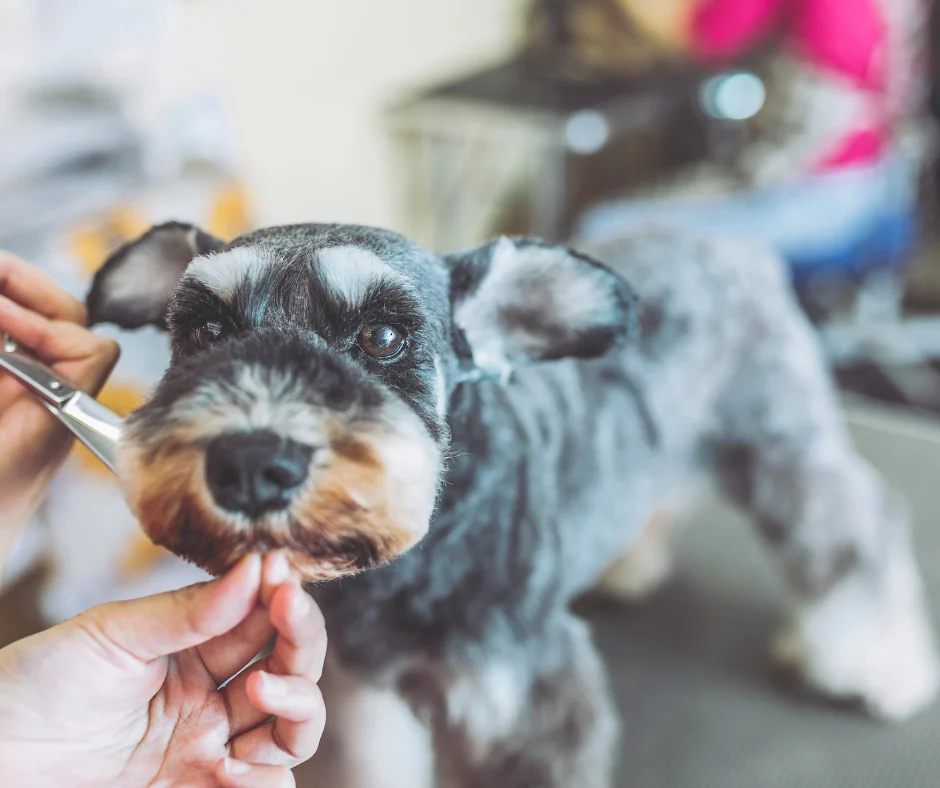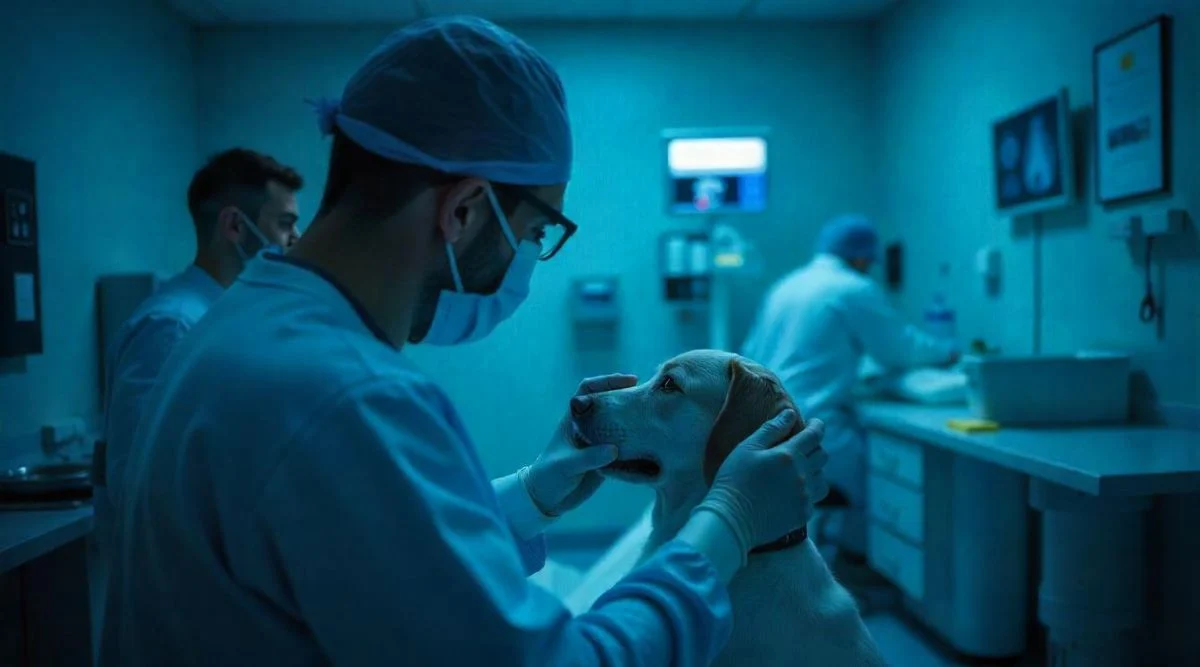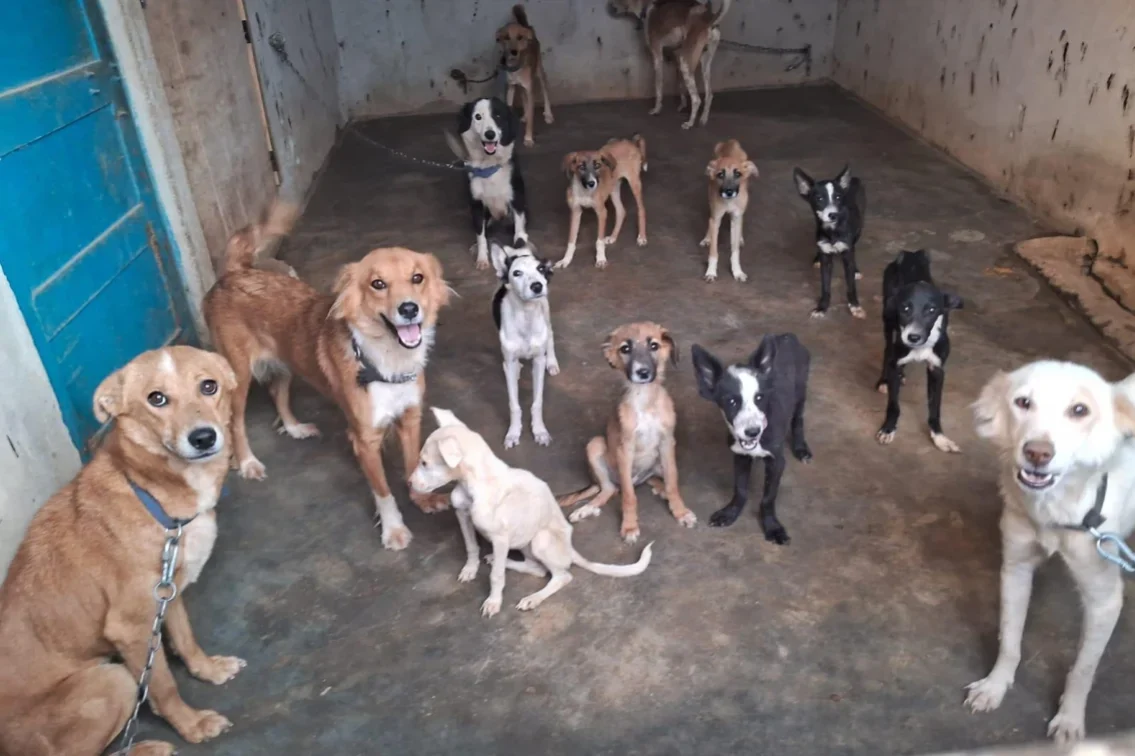Do dogs smile? There are countless articles and explainers online that talk about the meaning of a dog’s smile. But what does it actually mean when a dog “smiles”?
As humans, we have figured out the difference between two dots and a bracket, and two dots and a big mouth – 🙂 and :D. We understand the minutiae and nuance in something so basic! So why can’t we try and understand a smiling dog?
Researchers and dog behaviorists have spent many years researching the different signals that a dog gives out to its parents when it communicates. Language is a communication barrier, yet dogs are able to share an emotional bond with us despite that. It goes to show that linguistics are not the be-all-and-end-all as a mode of communication.
Smiling is a way to communicate joy, pleasure, approval, acknowledgement, greeting, approachability, and so much more. A single smile can start a strong emotional bond. A dog smiling is also a way to communicate, but it means different things than the stuff humans do to form bonds. Talking to a dog is an art, and you can learn how to identify these queues so you can actually begin to have productive “conversations” with your beloved fur baby!
When a dog wants to relieve itself, it signals it to you by becoming restless, standing near the door, or barking at you while you’re engrossed in your television show. When you see a dog smiling, it could be a way to communicate with you, other humans or another dog, and there are different meanings to different “smiles”.
The doggy smile
In this article, we discuss the famous doggy smile. It might end up looking like this:

A doggy smile to make you smile! 😉
Or this:

:D, not :), get it?
Basically, dogs are full of surprises, but the doggy smile doesn’t always mean what we think or want it to mean. We’ve provided a quick and educational guide to understand a smiling dog and the different types of smiles. (You’re welcome!)
The ‘submissive’ grin
Dogs have personalities, and no dog is the same. When you see a dog smile like this, it means that it is trying to please you, or someone else, or even another dog! Take a look at this video to understand how this particular doggy smile looks! We dare you not to smile in the process.
Your dog will show its front teeth, but keep the rest of its mouth closed. Usually, dogs do this to older, more “alpha” dogs, when they want approval. They aren’t the most secure of smiles, and don’t necessarily indicate joy or glee. So don’t get too excited when you see this one.
Young dogs especially, can turn on that hilarious submissive grin when they are being chastised or scolded. It can look like a slightly shameful smile that implies they know they are getting away with a little mischief!
The ‘aggressive’ grin
You may stop smiling now. The aggressive doggy smile isn’t a real smile in that it isn’t conveying joy either! This is usually a bared-teeth smile that looks similar to the submissive smile, but can denote different things. It could be the calm before a storm – ie., the dog is preparing to show aggression. Take note of whether the dog’s hackles are raised and if it has become stiffer all of a sudden. This could be the difference between submissive and aggressive smiles.
Do dogs really smile?
Animal psychologists have found several links between dog behaviour and how dogs have adapted to human beings over time. Dogs are excellent at connecting with humans and show a great level of emotional intelligence and depth of feeling. This is why they are man’s best friend. It is possible that over thousands of years, dogs have discovered the secret to endearing themselves to human beings, though we wouldn’t peg that as the reason why dogs smile. It is however possible for dogs to have learned that smiling is something human beings appreciate in their quest for positivity and good vibes (only half kidding here). As a result, when you treat your dog or give it positive reinforcement, they might just reward you with a “giant grin”.
Why do dogs smile even after they’ve outgrown their youth?
While you are more likely to find dogs smiling when they are younger, there is a biological/neurological phenomenon called ‘neoteny’ which essentially means that dogs continue to demonstrate juvenile habits well into adulthood. Therefore, older dogs smiling with teeth could indicate the presence of these sustained habits.
We know you love happy dogs smiling, but…
It could just be you projecting your fantasies onto a dog! While dogs have been domesticated and have been human companions for 30,000 years, there is no proper research to suggest that a dog actually smiles. We know you love your smiling dog pictures and memes, but it just goes to show that this is another way we do a little something we can term “anthropomorphism”. Anthropomorphism is the phenomenon where human beings attribute human traits to animals. You might have seen this in hundreds of children’s movies where animals do things we can recognize!
In short, a smiling dog is a myth
Dogs don’t go on actual dates and share spaghetti… nor do they do a countless other things you might have seen in movies like Dr Dolittle or Lady and the Tramp or Cats vs Dogs. While dogs CAN communicate, a smiling dog is probably not giving you a look of love – but you should always remember that they love you all the same!

A classic example of anthropomorphism. (this dog is DEFINITELY not smiling).





